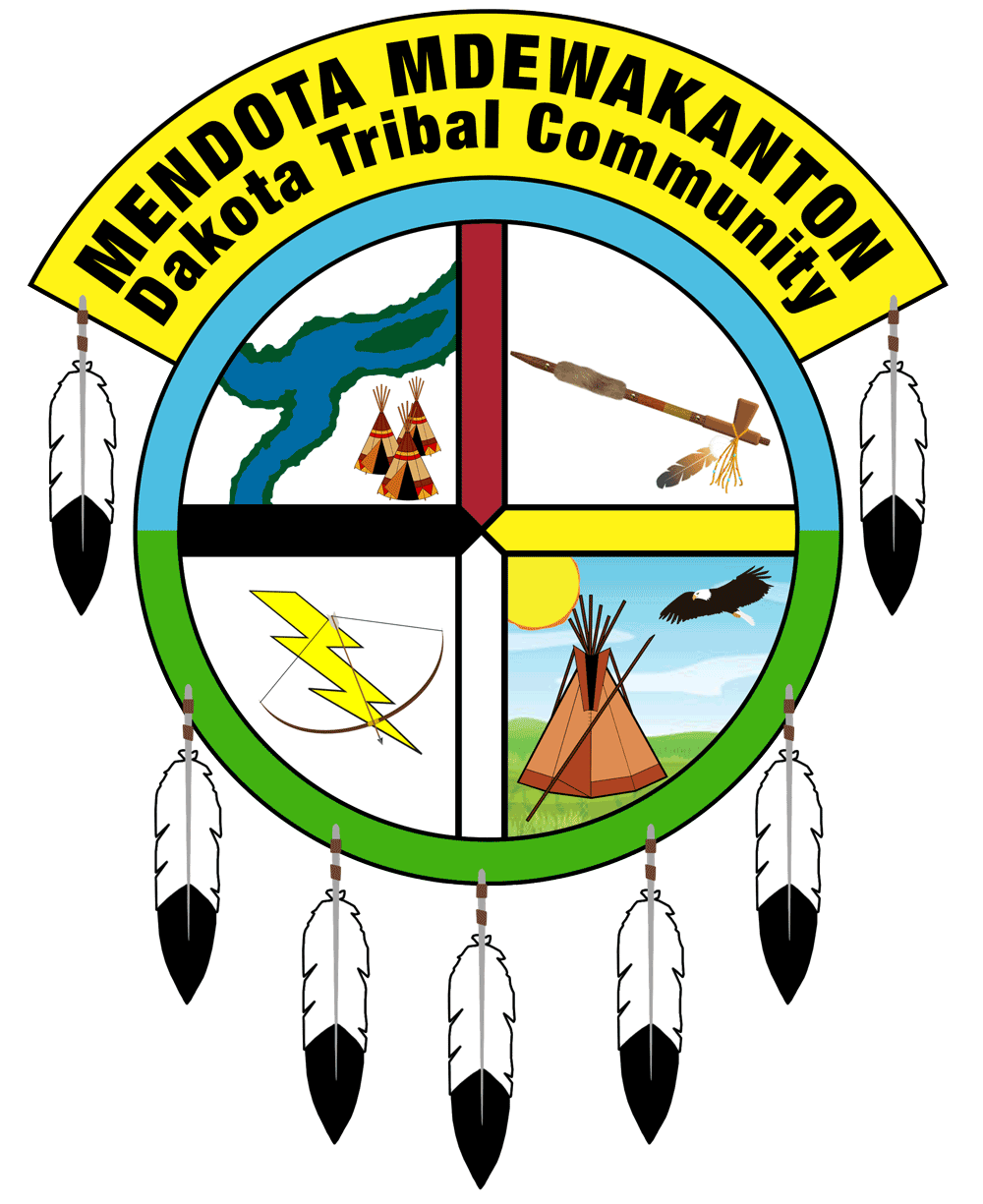By KAREN ROSENBERG
Published: October 7, 2008
Most of us get dressed in the morning with only the vaguest notion of where the clothes on our backs come from. A 19th-century American Indian woman could tell you exactly who had hunted the animals from which her dress was taken. She would know who had tanned the hides, stitched them together and sewed hundreds of beads onto them, and what the pattern of those beads signified.
VIEW SLIDE SHOW OF BEAUTIFUL FEMALE NATIVE OUTFITS
Walter Larrimore/Smithsonian’s National Museum of The American Indian
“Identity by Design” at the New York branch of the Smithsonian’s National Museum of the American Indian, includes a powwow dress, above.
More than 50 of these dresses are on view in “Identity by Design: Tradition, Change and Celebration in Native Women’s Dresses,†at the New York branch of the Smithsonian’s National Museum of the American Indian. These are heavy garments, and not just because they are dripping with beads, coins and other ornaments. Each is weighted with the circumstance and life story of the woman who wore it, as well as the history of her tribe.
The show takes the form of a loose, informal conversation among the curators, Colleen Cutschall and Emil Her Many Horses, and six Indian women who are respected dressmakers. The wall text consists almost entirely of quotations from these artists. Their reminiscences and musings are sometimes cloying, but the absence of pedagogy is refreshing.
“Identity by Design†also challenges the stereotype of
American Indian art as something that developed in isolation, with whatever materials were at hand. The dresses’ beads, cowrie shells and wool fabrics were acquired through intertribal and even intercontinental trade. A large wall map shows the trade routes: wool cloth from England, vermillion pigment from China, dentalium shells from the Maldives, beads from Venice.
One pleasure of the exhibition is seeing traditional designs evolve to incorporate novel items, like the tiny glass seed beads from Italy that inspired artists to develop more intricate patterns.
The most prized form of decoration, however, was a product of hunting rather than trade. Only one or two eyeteeth could be taken from an elk, so a dress covered with elk’s teeth was a status symbol, a way for women to show off the hunting skills of male family members. New brides often wore dresses made by their mothers-in-law and adorned with elk teeth collected by their husbands over many years.
Hunting elk became difficult at the end of the 19th century, when the United States government started to confine Indians to reservations. Dressmakers, undeterred, turned to imitation elk teeth carved from bone. A striking Crow dress from around 1910, made of red wool, is almost completely covered with concentric rings of bone “teeth.†Cowrie shells, seen on a bright-green Sioux dress from around the same time, were another popular substitute.
During confinement, beadwork styles also evolved, particularly in the wide yokes of Sioux dresses, which became more and more elaborate as women took advantage of smaller beads and long stretches of time. Interestingly, many Sioux dresses from this time feature American flag imagery. On the reservation, Indian ceremonies (banned by the government) were replaced by Fourth of July festivities and other patriotic celebrations.
In the words of Juanita Growing Thunder Fogarty, one of the artists consulted for the exhibition: “The people would do anything to keep the religion going under the nose of the government. They would conduct ceremonies under the guise of other acceptable functions.â€
A group of three ghost-dance dresses is an even more potent reminder of religious suppression. Tribal leaders rarely permit the display of such dresses, in deference to that ritual’s association with the Wounded Knee massacre of 1890, and the museum has given the garments a special area of the gallery. The hides are painted (rather than beaded) with stars, birds, turtles, crescent moons and other symbols.
Like most exhibitions of ritual clothing, “Identity by Design†offers only a partial picture. Some of the mannequins are accessorized with moccasins, but photographs of fully outfitted women show that the dresses were only one part of an extravagantly layered look: beads piled on beads, headdresses atop shawls over capes.
A selection of contemporary dresses made by some of the women consulted for the show are notably flashier than the older garments. Often made for powwow dance competitions, these dresses feature precise rows of sparkling cut-glass beads and dizzyingly intricate, modernized patterns.
The grand finale is a dress made for the exhibition by Joyce Growing Thunder Fogarty. Ms. Fogarty’s “Give Away Horses Dress†(named for a ritual performed by her grandfather) is almost completely covered in blue, red and cream seed beads and looks as though it weighs several tons. It took Ms. Fogarty 10 months of 16-hour sewing days to complete the outfit, which is shown with accessories made by her daughter Juanita and granddaughter Jessica.
It’s hard to find a better example of art, labor, storytelling and female bonding.
“Identity by Design: Tradition, Change and Celebration in Native Women’s Dresses†continues through September 2009 at the National Museum of the American Indian, 1 Bowling Green, Lower Manhattan, (212) 514-3888, nmai.si.edu.
VIEW SLIDE SHOW OF BEAUTIFUL FEMALE NATIVE OUTFITS

